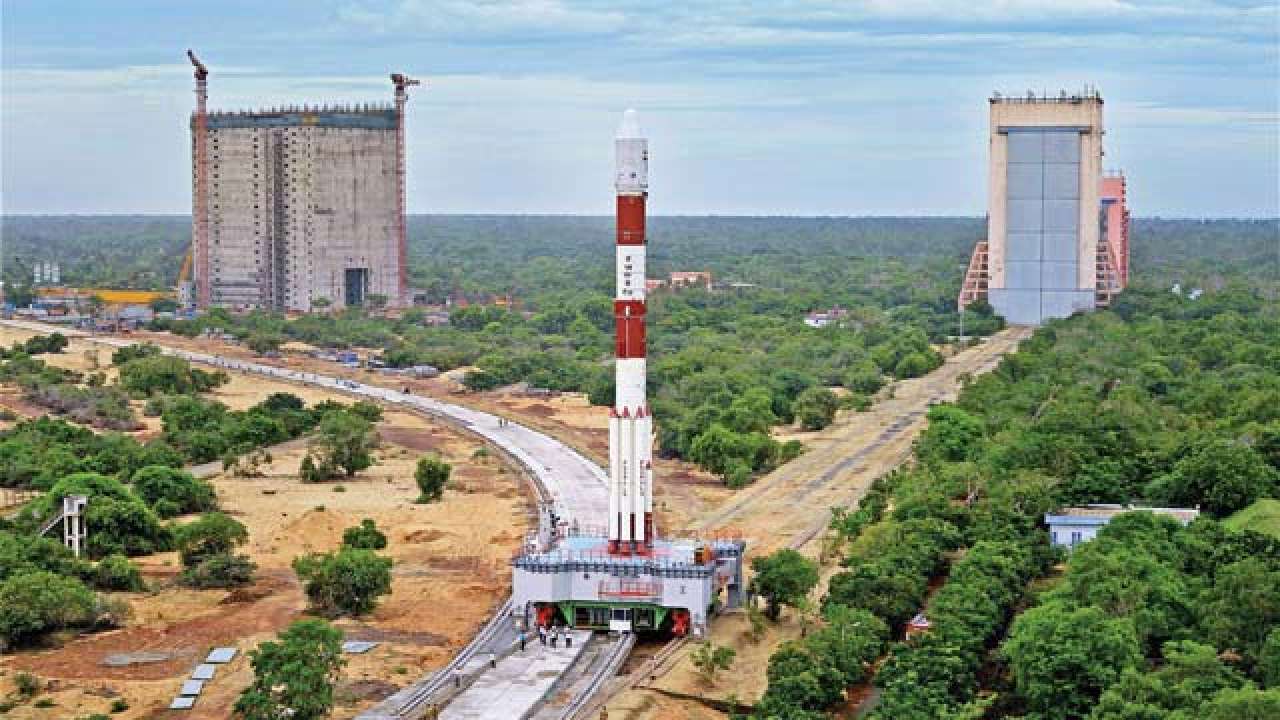
After a string of successes spanning decades, India’s Polar Satellite Launch Vehicle (PSLV) registered an unsuccessful launch recently. The failure is caused by a relatively inferior risk item on the launch vehicle. The Indian Space Research Organisation (ISRO) has started an investigation, which has varying implications. Nevertheless, it is encouraging to see continued support for ISRO from public and customers alike.
ISRO had launched the proven PSLV in its XL configuration last week for replacing the dysfunctional satellite in India’s regional navigation satellite system. All three atomic clocks on-board the satellite have failed due to a hardware problem and ISRO has decided to replace it with one of the two spare satellites built into the project cost.
The launch took place by a delay of a minute to avoid hitting space debris. The events such as stage ignition and separation, coasting etc are going well in sync with the expected flight plan except for the heat shield separation event. The payload fairing at the top of the rocket acts as the heat shield protecting the satellite from high heat and pressure as the launch vehicle pierces through the atmosphere. The fairing separates when the rocket has reached space allowing the satellite to eject once it reaches the desired orbit.
According to ISRO, this event is supposed to happen between the ignition and separation of the second stage (PSLV is a four stage rocket). However, the fairing failed to detach from the launch vehicle putting extra mass burden of about one tonne on the third and fourth stage engines. As a result, the vehicle failed to develop the required speed and reach the expected orbit. The satellite is now orbiting Earth in a less than desired orbit within the payload fairing, and is declared as space debris, concluding an unsuccessful mission.
PSLV has a good success rate, failing completely only in its first mission out of 40 launches. This made it internationally competitive and is sought after by governmental and commercial entities worldwide, particularly for launching small satellites. It had created a world record by launching 104 satellites in one launch recently, out of which 103 are small satellites. ISRO intends to increase its launch rate to at least 12 per year to fulfil India’s satellite capacity requirements as well as perform more commercial missions. The failure is a setback to this ambition, albeit a temporary one.
In addition to the public displaying their support to ISRO at this critical time, Team Indus has also reassured its faith. Team Indus is one of the contestants to Google Lunar X Prize and has a valid launch contract for PSLV. If timed well, India could boast of designing and launching the first commercial spacecraft to land on the moon. ISRO is confident that the launch vehicle will be thorough to ensure this possibility.
Most importantly, the failure may have given space for India’s private industry to test their capabilities sooner. The lost satellite is supposed to replace a failed one in the Indian Regional Navigation Satellite System, also called NavIC, which is a top priority. ISRO had provisioned for two spare satellites in the budget and had decided to include private industry in building them. The goal is to raise the industry standard capable of building and launching satellites with minimal ISRO involvement.
The industry was trained on the first spare satellite with ISRO hand-holding in various stages of assembly, integration, and testing. The second spare satellite will be built by the industry itself with ISRO assuring quality control. Normally, it would have to await launch in the future as it is a spare. Since it is imperative to replace the failed satellite for completing the regional navigation system, this industry built satellite will be launched soon, testing the strengths and quality of public-private partnership.
The author is Junior Fellow with the Nuclear and Space Policy Initiative of Observer Research Foundation, New Delhi